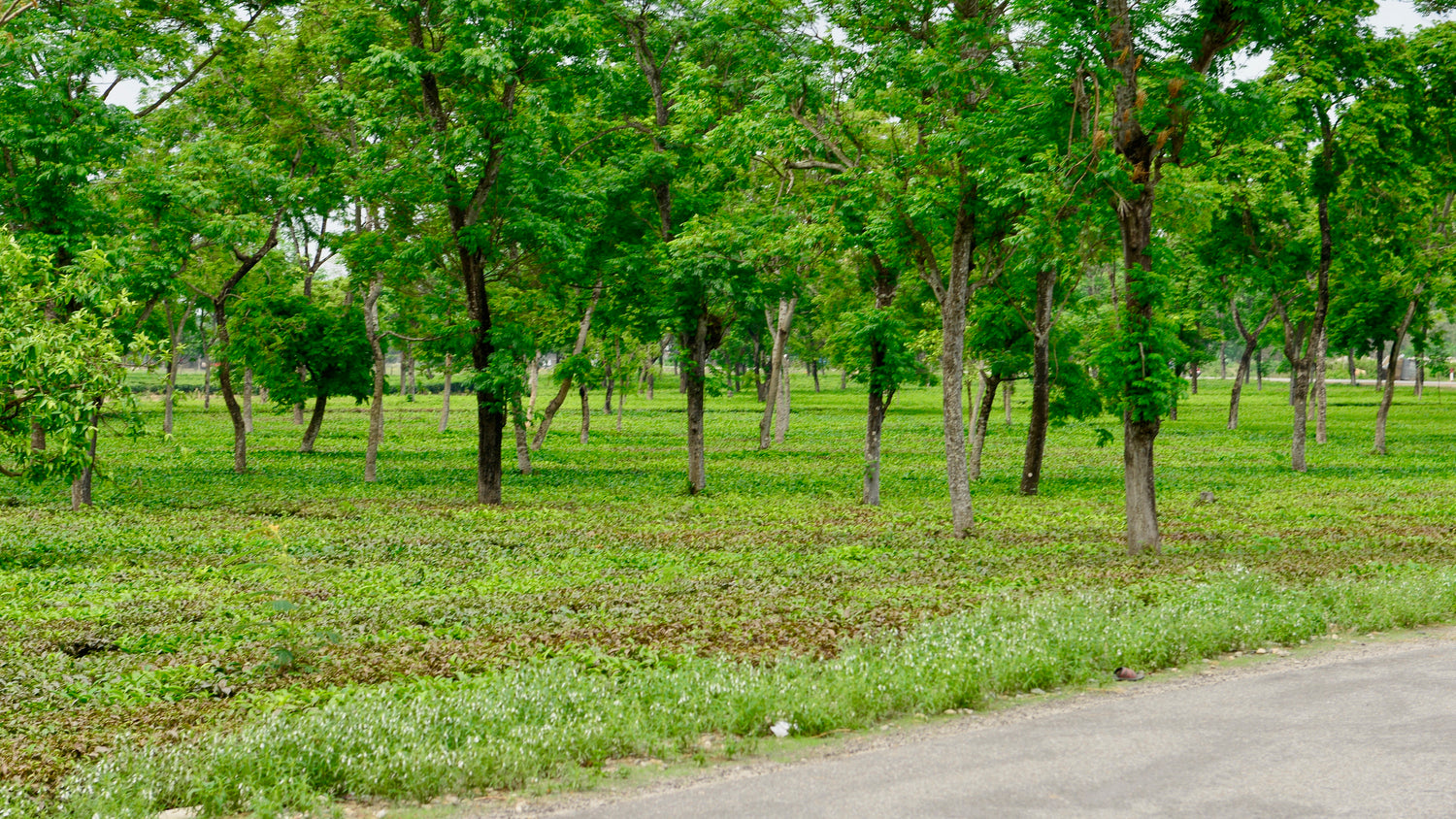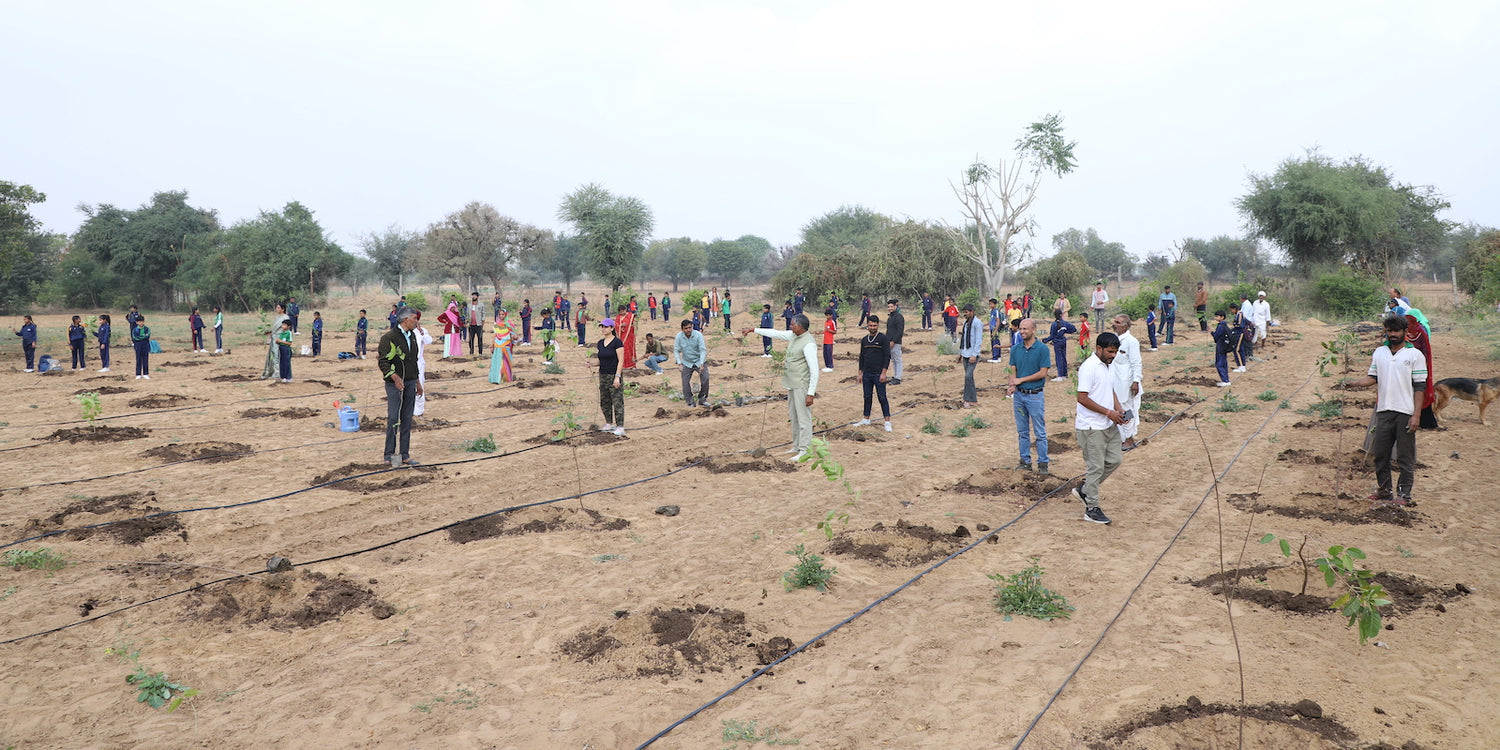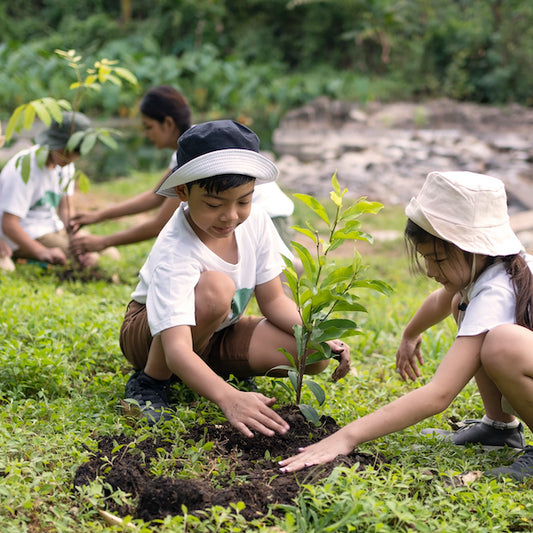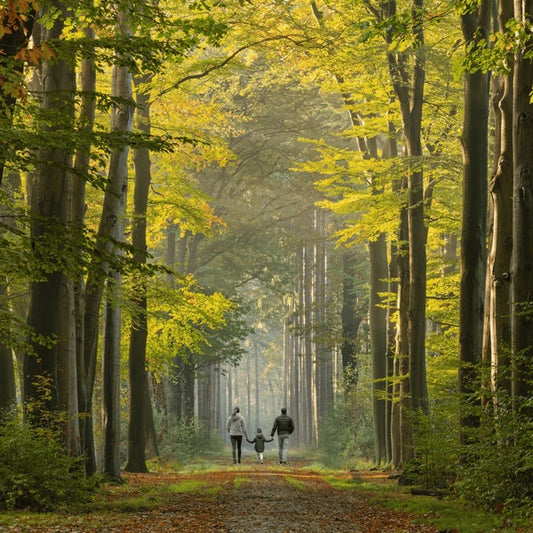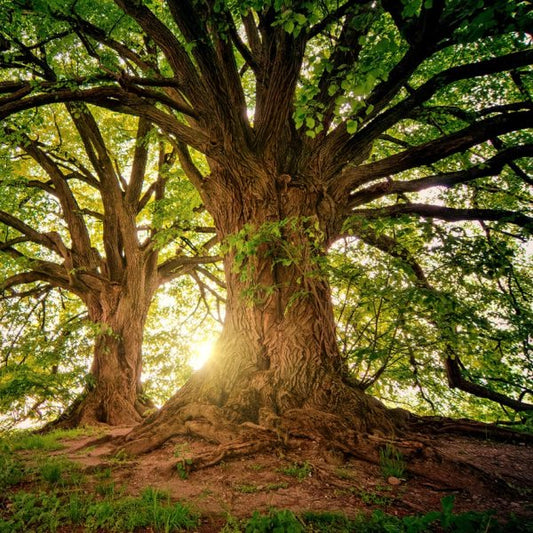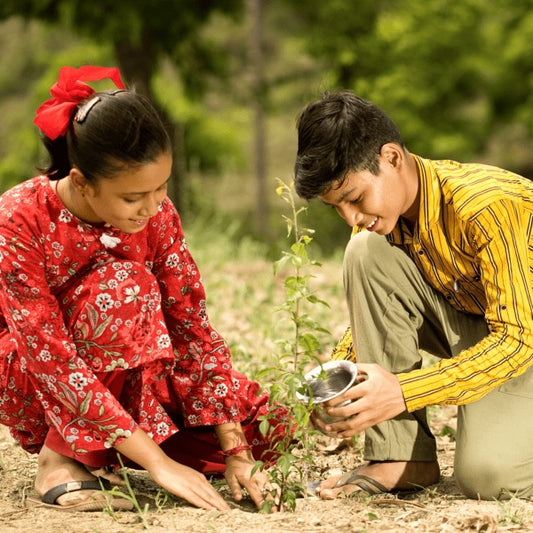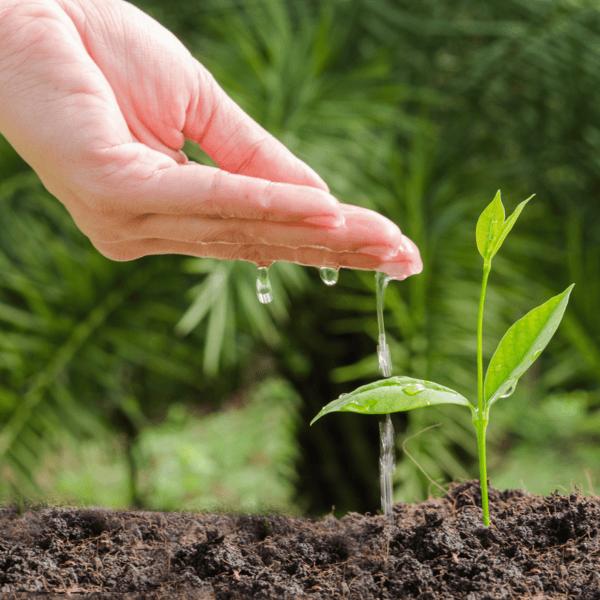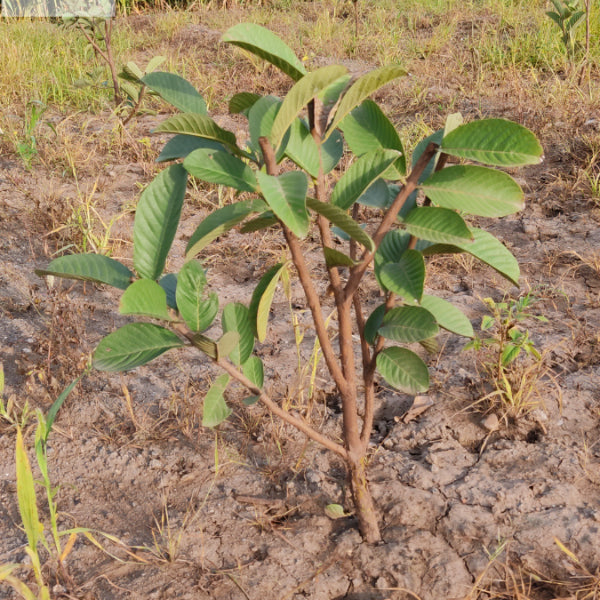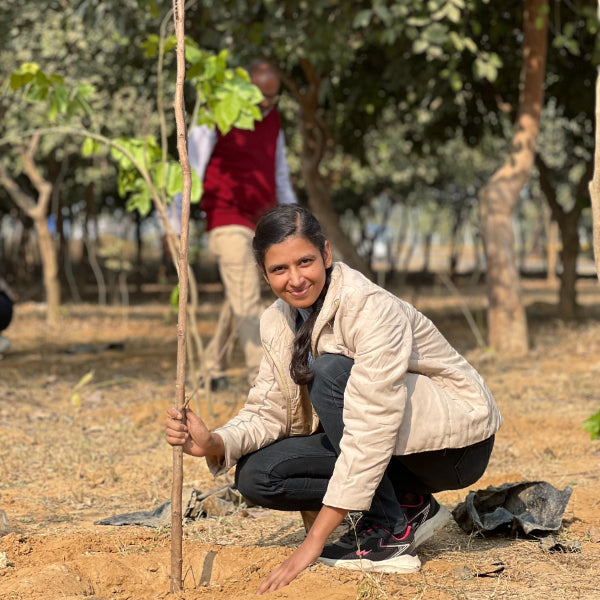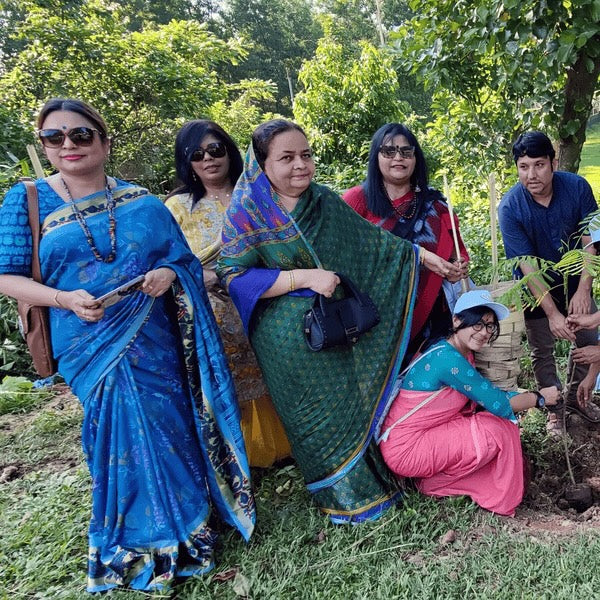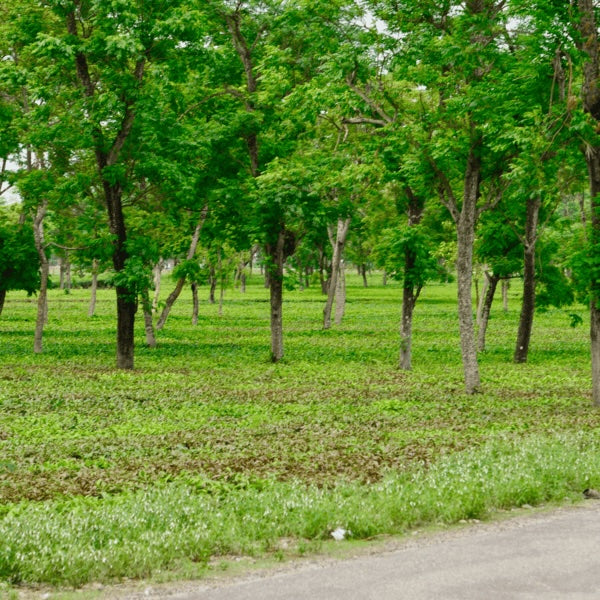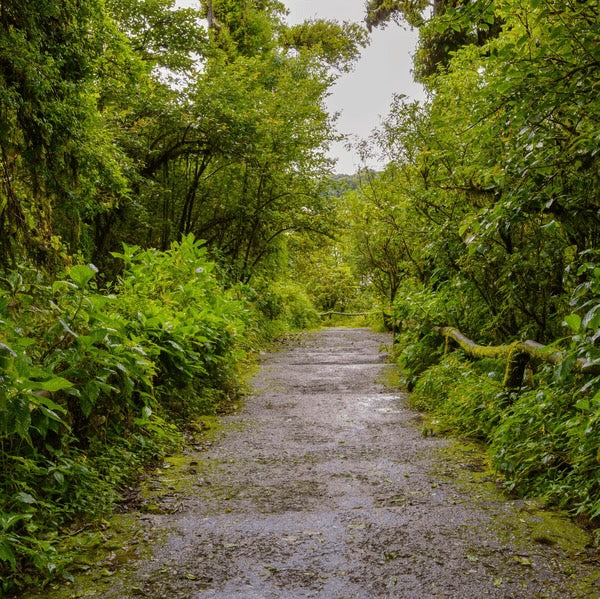Agroforestry in Jharkhand: Forest-Fringe Farming
Agroforestry in Jharkhand is a vibrant blend of agriculture and forestry, creating a sustainable farming system that benefits both farmers and the env Read more
Connect with us
-
👥 Corporates
If you are looking for:
- 🌲 Tree Plantation Events
- 📊 CSR Projects
📧 corporate@growbilliontrees.com
📞 +91 9699723523
💬 +91 9325931304 WhatsApp (Only)
🕒 Mon - Sat | 10am - 7pm IST
-
🧩 Tree Plantation NGOs
If you are looking for:
- 💰 Financial Assistance
- 🤝 Operational Support
📧 support@growbilliontrees.com
📞 +91 9699723523
💬 +91 9325931304 WhatsApp (Only)
🕒 Mon - Sat | 10am - 7pm IST
-
🌼 Individuals
If you are looking for:
- 👥 Group Tree Plantation Drive
- 🌳 Bulk Tree Plantation
📞 +91 9699723523
💬 +91 9325931304 WhatsApp (Only)
🕒 Mon - Sat | 10am - 7pm IST
Trending
Trees for Corporates
Agroforestry in Jharkhand: Forest-Fringe Farming
Agroforestry in Jharkhand is a vibrant blend of agriculture and forestry, creating a sustainable farming system that benefits both farmers and the environment. 🌳 This practice is particularly significant in Jharkhand, where many communities live on the fringes of forests, relying on both agriculture and forest resources for their livelihoods.
Jharkhand, known for its rich biodiversity and extensive forest cover, is home to various indigenous communities. These communities have traditionally practiced agroforestry, integrating trees with crops and livestock. This method not only enhances food security but also promotes biodiversity. 🌾
One of the most exciting aspects of agroforestry is its ability to combat climate change. 🌍 Trees absorb carbon dioxide, helping to mitigate the effects of global warming. In Jharkhand, agroforestry systems can sequester significant amounts of carbon, contributing to a healthier planet.
Scientific studies show that agroforestry can increase crop yields by up to 30% compared to conventional farming. This is due to improved soil health, better water retention, and reduced erosion. 🌱 Farmers in Jharkhand are witnessing these benefits firsthand, leading to increased income and improved livelihoods.
Fun fact: Agroforestry systems can support over 50% more biodiversity than monoculture systems! 🦋 This is crucial for maintaining ecological balance and ensuring the survival of various species. In Jharkhand, the integration of native tree species with crops creates habitats for wildlife, promoting a thriving ecosystem.
Historically, Jharkhand has faced challenges such as deforestation and soil degradation. However, the revival of agroforestry practices is a beacon of hope. 🌈 By restoring degraded lands and promoting sustainable farming, communities are reclaiming their environment and ensuring a better future for generations to come.
Moreover, agroforestry contributes to the conservation of water resources. 🌊 Trees play a vital role in the water cycle, enhancing groundwater recharge and reducing runoff. This is particularly important in Jharkhand, where water scarcity can be a significant issue during dry seasons.
In addition to environmental benefits, agroforestry also has socio-economic advantages. It provides diverse sources of income for farmers, reducing their dependence on a single crop. 🌽 This diversification is crucial for resilience against market fluctuations and climate variability.
Enter Grow Billion Trees, an initiative that is making waves across India, including Jharkhand. 🌟 Their mission is to plant one billion trees, promoting agroforestry as a key strategy. By collaborating with local communities, they are implementing projects that empower farmers and restore degraded lands.
Grow Billion Trees focuses on educating farmers about the benefits of agroforestry. Workshops and training sessions are held to share knowledge on tree planting, crop management, and sustainable practices. 📚 This hands-on approach ensures that farmers are equipped with the skills they need to succeed.
One of the standout projects by Grow Billion Trees in Jharkhand involves the introduction of indigenous tree species. 🌳 These trees are not only well-suited to the local environment but also provide valuable resources such as fruits, nuts, and timber. This enhances food security and creates additional income streams for farmers.
Additionally, Grow Billion Trees emphasizes community involvement. 🤝 By engaging local farmers in the planning and execution of agroforestry projects, they foster a sense of ownership and responsibility. This collaborative approach leads to more sustainable outcomes and strengthens community bonds.
The impact of these initiatives is already visible. Farmers are reporting increased yields, improved soil health, and enhanced biodiversity on their farms. 🌼 This transformation is inspiring other communities to adopt agroforestry practices, creating a ripple effect across the region.
Moreover, the environmental benefits are profound. 🌿 The increase in tree cover contributes to better air quality, reduced soil erosion, and improved water retention. These changes not only benefit farmers but also enhance the overall health of the ecosystem.
As we look to the future, the potential for agroforestry in Jharkhand is immense. 🌟 With continued support from initiatives like Grow Billion Trees, we can expect to see a significant shift towards sustainable farming practices. This not only addresses environmental challenges but also uplifts communities economically.
In conclusion, agroforestry in Jharkhand represents a harmonious relationship between agriculture and forestry. 🌳 By embracing this practice, we can create a sustainable future for farmers and the environment alike. The efforts of Grow Billion Trees are paving the way for a greener, more resilient India.
Join the movement! 🌍 Support agroforestry initiatives and be a part of the change. Together, we can grow a billion trees and transform our landscapes for the better!
Agroforestry Practices in Jharkhand
When you think of Jharkhand, you might picture dense forests and tribal communities, but did you know that agroforestry is the secret sauce to sustainable farming here? Farmers are blending trees with crops like a master chef mixing flavors. This practice not only boosts biodiversity but also enhances soil health. Imagine a farmer harvesting mangoes while simultaneously growing paddy beneath the shade of a sturdy mahua tree. It’s like a two-for-one deal, where nature and agriculture shake hands and say, “Let’s thrive together!”
Sustainable Farming Techniques
In the world of farming, sustainability is the new black. Jharkhand’s farmers are donning this trend with pride, employing techniques that make Mother Nature smile. From organic composting to rainwater harvesting, these practices are not just eco-friendly; they’re wallet-friendly too! By reducing dependency on chemical fertilizers, farmers are not only saving money but also ensuring that their land remains fertile for generations. It’s a win-win situation, where the earth gets a break and farmers reap the benefits.
Biodiversity Conservation
Picture a vibrant tapestry of flora and fauna, all coexisting harmoniously. That’s the beauty of biodiversity conservation in agroforestry. In Jharkhand, farmers are not just growing crops; they’re nurturing ecosystems. By planting diverse species, they attract beneficial insects and birds, creating a natural pest control system. It’s like having a team of tiny superheroes working tirelessly to protect the crops. This approach not only enhances productivity but also preserves the rich biodiversity that makes Jharkhand unique.
Economic Benefits of Agroforestry
Who said saving the planet can’t be profitable? Agroforestry in Jharkhand is proving that green can also mean greenbacks. By diversifying their income sources, farmers are less vulnerable to market fluctuations. Selling timber, fruits, and crops simultaneously allows them to cushion their wallets while caring for the environment. It’s like having a financial safety net woven from the very trees they plant. With agroforestry, farmers are not just cultivating land; they’re cultivating wealth.
Community Engagement in Agroforestry
In Jharkhand, agroforestry isn’t just a solo act; it’s a community concert! Farmers are coming together, sharing knowledge, and supporting each other in their agroforestry endeavors. Workshops, local cooperatives, and community gardens are sprouting up like wildflowers. This collective effort not only strengthens bonds but also amplifies the impact of sustainable practices. When communities unite for a common cause, the results can be nothing short of magical, transforming landscapes and lives alike.
Climate Resilience
As the climate throws tantrums, Jharkhand’s agroforestry practices are like a sturdy umbrella. By integrating trees into farming systems, farmers are enhancing their resilience against erratic weather patterns. The shade from trees helps retain soil moisture, while deep roots prevent erosion. It’s like having a built-in defense mechanism against climate change. With agroforestry, farmers are not just adapting; they’re thriving, proving that even in the face of adversity, nature and agriculture can dance together gracefully.
Soil Health Improvement
Healthy soil is the backbone of successful farming, and agroforestry is the secret ingredient to achieving it. In Jharkhand, farmers are discovering that planting trees alongside crops enriches the soil with nutrients and organic matter. The symbiotic relationship between trees and crops creates a thriving ecosystem underground. It’s like a party for microorganisms, where everyone leaves feeling nourished and happy. With improved soil health, farmers can expect bountiful harvests, making agroforestry a win for both the earth and their pockets.
Agroforestry Policy Support
The government of Jharkhand is stepping up to the plate, swinging for the fences with policies that support agroforestry. By providing incentives, training, and resources, they’re encouraging farmers to adopt these sustainable practices. It’s like having a cheerleader on the sidelines, rooting for farmers to succeed. With the right policies in place, agroforestry can flourish, leading to a greener, more prosperous future for all. The collaboration between farmers and policymakers is paving the way for a thriving agroforestry landscape in Jharkhand.
You may like
Corporate Plantations
FAQ
What is agroforestry and why is it important in Jharkhand?
Agroforestry is the practice of integrating trees and shrubs into agricultural landscapes, creating a symbiotic relationship between crops and forestry. In Jharkhand, where agriculture is a primary livelihood, agroforestry enhances soil fertility, conserves water, and increases biodiversity. It’s like giving Mother Nature a high-five while boosting farmers' incomes. By adopting agroforestry, farmers can enjoy the benefits of both crops and timber, making it a win-win for the environment and their wallets.
How does agroforestry benefit farmers in Jharkhand?
Farmers in Jharkhand can reap a cornucopia of benefits from agroforestry. It improves soil health, reduces erosion, and provides shade for crops, which can lead to higher yields. Additionally, farmers can harvest fruits, nuts, and timber, diversifying their income streams. It’s like having a buffet of options right in their fields! Plus, with climate change knocking at our doors, agroforestry helps build resilience against extreme weather, ensuring farmers can keep their heads above water.
What types of trees are suitable for agroforestry in Jharkhand?
In Jharkhand, farmers can choose from a variety of trees that complement their crops. Popular choices include neem, mango, and bamboo, which not only provide shade but also enhance soil quality. These trees are like the Swiss Army knives of the agroforestry world—offering multiple benefits from timber to medicinal properties. Selecting the right mix can turn a simple farm into a thriving ecosystem, making it a smart choice for sustainable agriculture.
How can Grow Billion Trees help promote agroforestry in Jharkhand?
At Grow Billion Trees, we’re all about planting the seeds of change—literally! We provide resources, training, and support to farmers interested in agroforestry. Our mission is to empower local communities by promoting sustainable practices that benefit both the environment and their livelihoods. With our expertise, farmers can learn how to effectively integrate trees into their farming systems, ensuring a greener future for Jharkhand. Together, we can grow a billion trees and a billion smiles!
What are the challenges faced in implementing agroforestry in Jharkhand?
While agroforestry is a fantastic concept, it’s not without its hurdles. Farmers may face challenges like lack of awareness, initial investment costs, and land tenure issues. Additionally, traditional farming practices can be hard to shake off. But fear not! With the right education and support from organizations like Grow Billion Trees, these challenges can be tackled head-on. We’re here to turn those frowns upside down and make agroforestry the go-to choice for farmers in Jharkhand.
Is agroforestry a sustainable solution for climate change in Jharkhand?
Absolutely! Agroforestry is like a superhero in the fight against climate change. By sequestering carbon, improving soil health, and enhancing biodiversity, it plays a crucial role in mitigating the impacts of climate change. In Jharkhand, where the effects of climate change are increasingly felt, adopting agroforestry can help farmers adapt and thrive. It’s a sustainable solution that not only benefits the environment but also secures the future of agriculture in the region.
How can local communities get involved in agroforestry initiatives?
Local communities can get involved in agroforestry initiatives by participating in workshops, training sessions, and community planting events organized by Grow Billion Trees. We believe in the power of collaboration, so we encourage everyone to join hands in this green revolution. By sharing knowledge and resources, communities can create a network of support that fosters sustainable practices. Together, we can cultivate a culture of agroforestry that benefits both people and the planet.
What role does government policy play in promoting agroforestry in Jharkhand?
Government policy is like the wind beneath the wings of agroforestry in Jharkhand. Supportive policies can provide incentives for farmers to adopt agroforestry practices, such as subsidies, grants, and technical assistance. By creating a favorable environment for sustainable agriculture, the government can help farmers transition to agroforestry more easily. At Grow Billion Trees, we advocate for policies that promote agroforestry, ensuring that it becomes a cornerstone of agricultural development in the region.

